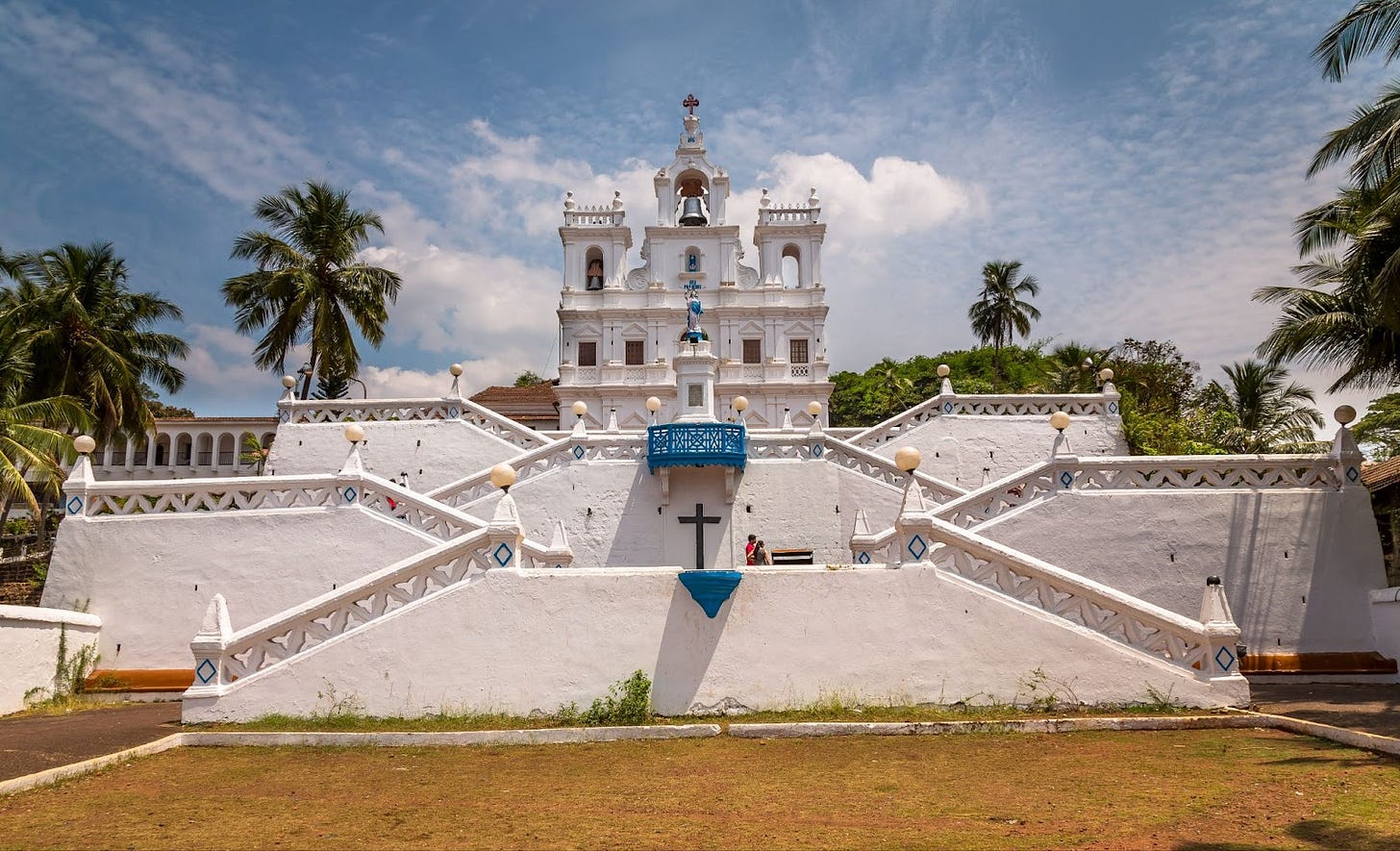Catholics in Goa threatened by calls to ‘wipe out’ history of Portuguese presence
Chief Minister Sawant was recently quoted as saying “the time has come to wipe out signs of the Portuguese.”
Catholics in the Indian state of Goa are feeling unease amid calls by the state’s Chief Minister, Pramod Sawant, to “wipe out” signs of the Portuguese presence in the region.
While most of India achieved independence from Britain in 1947, Portugal ruled Goa as…

